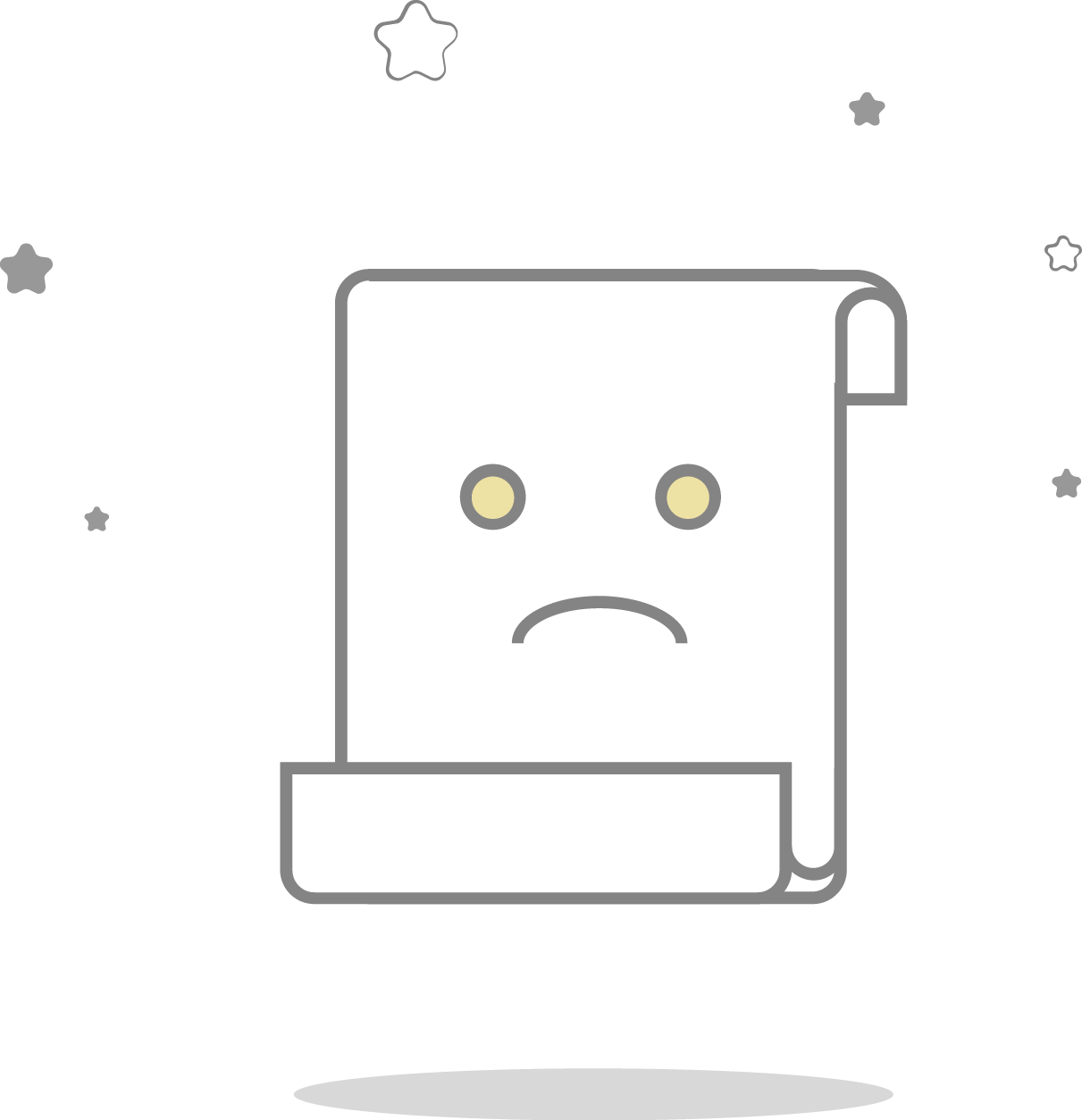- Post
- Publication
- Plasmid
- Following (0)
- Follower (0)
Chromatin immunoprecipitation is a technique used to see if certain proteins interact with any DNA sequences (along with figuring out which ones). The process is started by attaching a protein to a DNA molecule. Once this is done, the DNA is cut up into shreds about ~500 bps long. ...Learn More
- Like (4)
- Reply
-
Share
Next generation sequencing is a general term meant to describe sequencing techniques that have improved speed as compared to modern day techniques. It's like talking about a next generation car: general it means that it is better, specifically it can mean a variety of things. ...Learn More
Single base editing is a genetic editing technique. It largely differs from the CRISPR technique in that it is much more precise in how it operates. Using CRISPR, one inserts a new piece of DNA into the target's genome. The insertion is usually large and randomly applied (meaning ...Learn More
This is a technique used to test for protein-protein interactions. The process starts by getting a genetically modified yeast. This yeast either has a modification that causes it to lack a necessary component for its growth or to code for some sort of reporter protein. The ...Learn More
When editing DNA using CRISPR, there are many potential problems. Furthermore, edits using this method are directly inserted into the genome making them permanent. Thus if an inserted gene has unforeseen consequences or breaks up another important sequence, there is little that ...Learn More

This guy hasn’t publications anything yet.

This guy hasn’t plasmids anything yet.
Hot plasmids

This guy has no following anyone.
Popular Cloud Scientists

This guy has no follower now.
About Us · User Accounts and Benefits · Privacy Policy · Management Center · FAQs
© 2025 MolecularCloud







